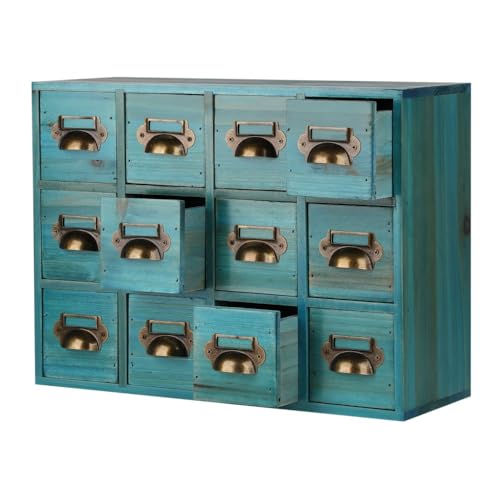Scratch FunnelVision 3.0 Original Design / Scratch Built
Scratch - FunnelVision 3.0 {Scratch}
Contributed by Larry Brand
| Manufacturer: | Scratch |
Brief: Construction: Construction sequence is as follows: Flight: Summary: CONs:
FunnelVision 3.0 is a simple but robust high-power finless rocket constructed from a 3" x 36" postal mailing tube (they are actually 37" long), an 8" plastic automotive funnel and a 3" LOC nose cone. To be more accurate, it is a "skirt-fin" rocket. This is a 2x upscale of the original Funnel Vision design I have built. FunnelVision 3.0 is built exclusively for the 38mm 2-grain Cesaroni motors (H143 Smokey Sam or H153) and the AeroTech H123 and H148R motors. It excels as a Level 1 and fun fly rocket for "minimum" (1500 square ft) high power fields surrounded by obstructions, trees, or water hazards since it flies only about 600' high on these motors and meets the 1500g FAA waiver weight limit.
FunnelVision 3.0 is an exceptionally cheap and easy H-power airframe to scratch build. Component cost is $3.50 for the 3" heavy wall mailing tube, $1.75 for the 8" plastic funnel, and "typical retail rocket prices" for 2 centering rings (1/4" x 38mm x 3"), a 14" piece of 38mm motor tubing, and a 3" LOC (or Estes Big Daddy) plastic nosecone. With no fins, no glassing, no through-the-wall construction, it goes together in about an hour with 5-minute epoxy. Total cost is 20 bucks (and half this if you borrow the cone from another rocket). Recovery system is a 36" Top Flight nylon chute attached to 9ft of 1/2" nylon webbing (actually, I used a Petco dog leash with choke collar).

FunnelVision 3.0 is designed to fly on the 2-grain Pro38 motors only (or comparable Aerotech motors--H123 and H148 Redline, which are lighter so less ballast is needed. It will not fly safely on the single grain G69 or G79 Pro38 motors, due to weight of the rocket. The heavy ballasting needed is a characteristic of finless rockets. Sims say FunnelVision 3.0 will fly adequately on a G80-4 with a 29mm adapter, giving performance for the 1175g rocket (unloaded weight) like that of an Estes Big Daddy on a D12-5 but I have not tried it. I have flown the rocket mainly on Pro38 H143SS with 5 second delay, which has been perfect with apogee each time at about the 630' sims predicted. Ejection of the 36" chute occurs just after apogee with the rocket pointed slightly nose down. Furious turbulence was visible in the smoky exhaust, as one might expect. This would be a great Level 1 rocket for a hazard surrounded field like our Fiesta Island site, where landing outside the 1500' site is usually means it goes in the water. I have also flown FunnelVision 3.0 on a Pro38 I287SS out in the desert. Flight was safe but it oscillated violently and flew a spiral path under power, straightening out after burnout. Ejection, descent and recovery were still acceptable. I believe this very high drag airframe does not much like the intense wake turbulence generated by the 310 mph flight on the I287SS, and was recoiling against it, causing the tail to oscillate. For this reason, I don't recommend flying FunnelVision 3.0 at more than 200 mph, although the 3-grain Cesaroni I motors (I212SS and I205) might be a possibility since sims predict about 830' at 255 mph for these.
PROs:
Sponsored Ads
 |
 |











